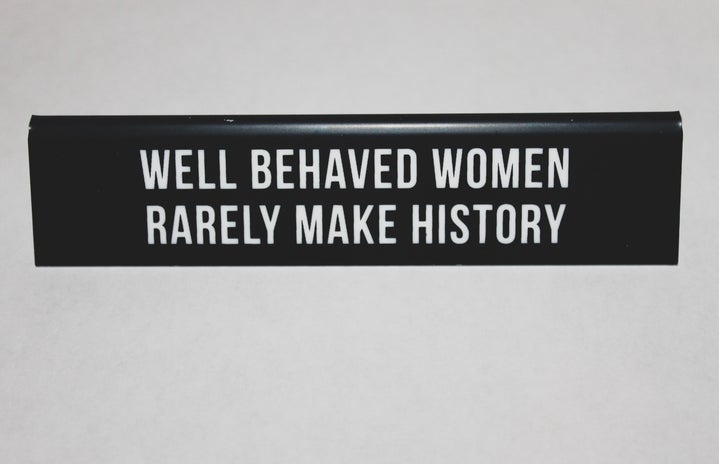Photo via Pixabay
“And here are the all-male Nominees.” Natalie Portman’s off-script comment during her presentation of Best Director at the Golden Globes resulted in a few laughs, a lot of uncomfortable men, and quite a few “PREACH” tweets.
In terms of women nominees, not all hope was lost at the Golden Globes. Two out of five films up for Best Animated Film, a category especially known for under representation, had female directors or co-directors. Three out of five films in the Best Screenplay category were written or co-written by women. However, five white men being nominated for Best Director at the Golden Globes had people hoping that the Academy would do a better job than the Hollywood Foreign Press
Rachel Morrison’s photography in Mudbound made her the first and the only female nominee for Best Cinematography. This is especially impressive considering women make up less than 5% of cinematographers.
Does 5% seem low? The numbers for female producers, directors, screenwriters and editors aren’t much better. Women make up 11% of directors, 11% of writers, 19% of executive producers, 25% of producers and 16% of editors. If you’re still not upset, 88% of films made in 2017 had no women directors, 83% had no women writers, and 96% didn’t have a single woman cinematographer.
These statistics aren’t only bad news for women in Hollywood, they’re a problem for female audience members like you and me. If men continue to have roughly 80% of control and say in the movies we see, stories with female leads about female narratives will continue to suffer, or even cease to exist! Why do you think Wonder Woman, since her creation in 1941, took 76 years to get her own high-budget feature film? Furthermore, why do you think Wonder Woman – the highest grossing film directed by a woman EVER – and her director Patty Jenkins were snubbed of nominations this awards season? The statistics above can answer both of those questions.
However, it’s not just women who lack representation. There is a serious lack of minorities in Hollywood as well. That is why Jordan Peele’s success with Get Out at the Oscars and the box office success of Ryan Coogler’s Black Panther and Ava Duvernay’s A Wrinkle in Time are so important in proving that movies about and starring minorities DO sell.
What can WE do, you ask? GO TO THE MOVIES! We have got to support the women and minorities who are getting jobs and telling stories that need to be told, in hopes that more will join them. This is how we prove to Hollywood that movies that don’t feature a white male superhero or sexualize every woman on screen are bankable and people will show up to see them.
Although it’s tempting, and obviously much cheaper, to pirate movies online, we need to be seeing movies the way they were meant to be seen: on the big screen. This is the most direct way to assure that the people who are working hard to tell stories about women and minorities get compensated and recognized fairly.
A great way to save money on going to the movies is by investing in a MoviePass (unlimited movies for $9.99 a month) or by going to the movies on student or family discount nights. If we don’t tell Hollywood what we want, we will continue to get the same movies: straight love stories, white male superheroes, and damsels in distress.



